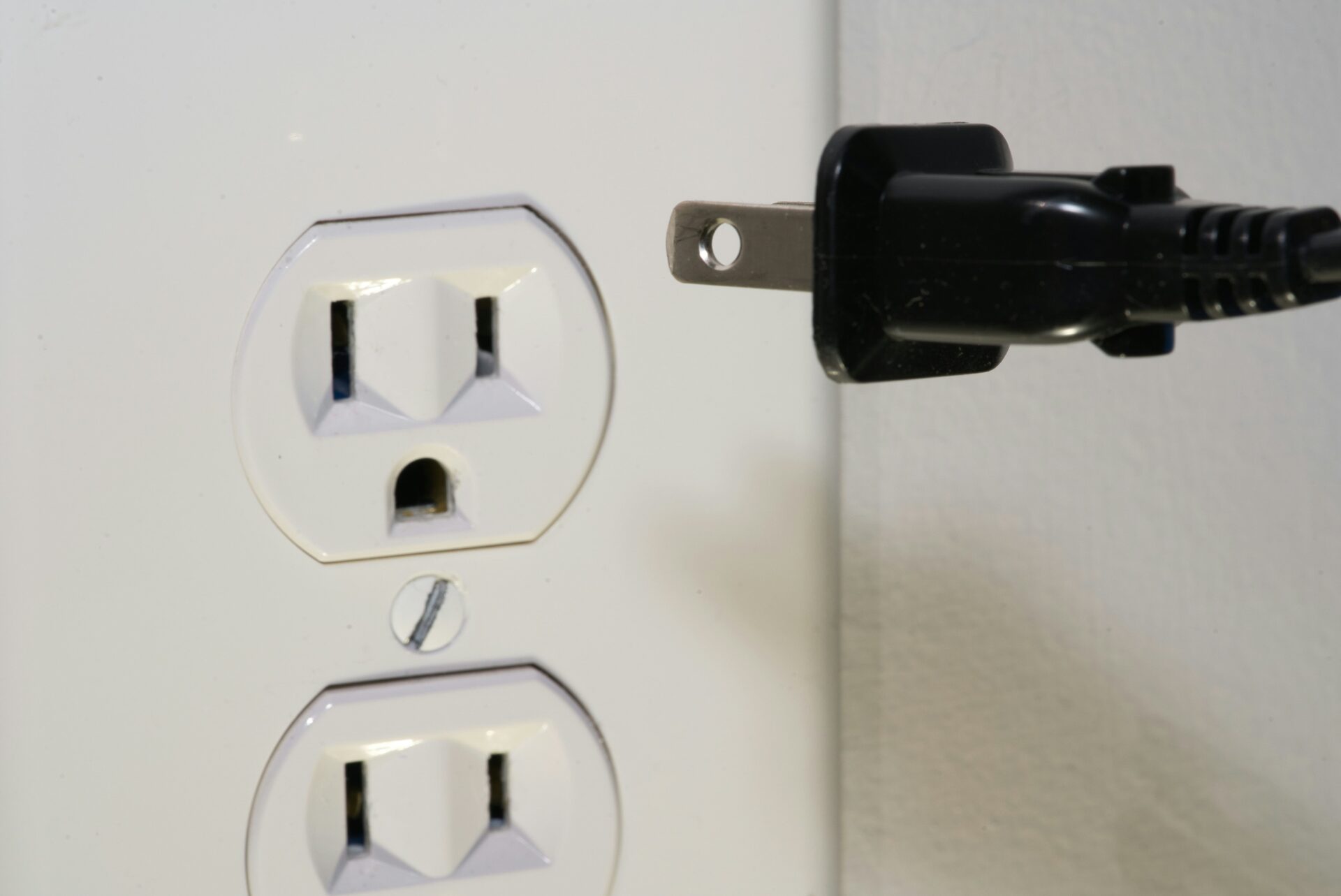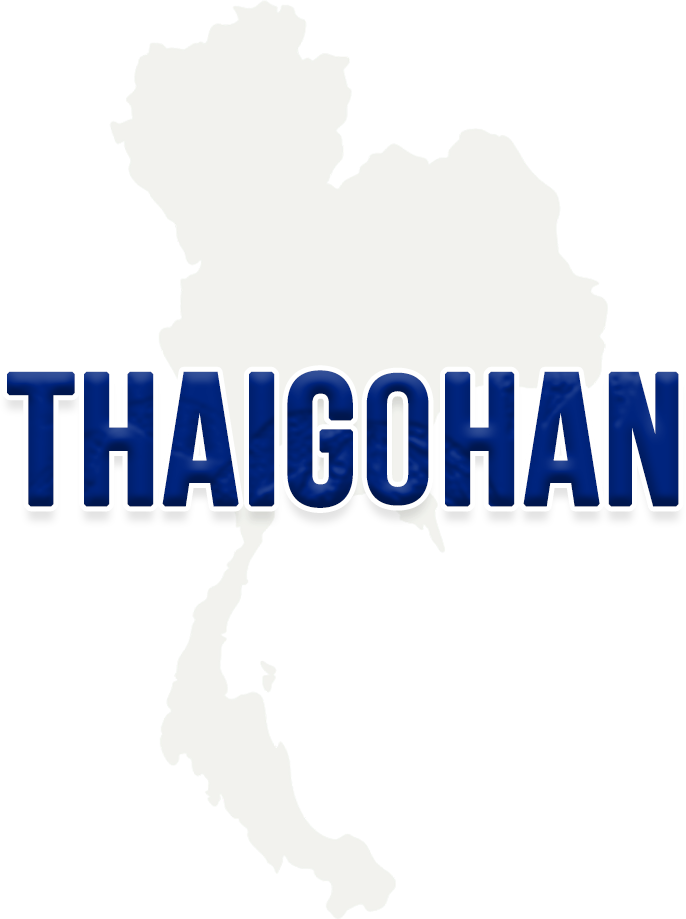[Complete Guide] Power Outlets and Plug Types in Thailand: Voltage, Adapter Tips & Travel Essentials

Planning a trip to Thailand? Don’t forget one of the most overlooked yet essential parts of travel prep: how to charge your devices abroad. Thailand’s voltage, plug types, and outlet designs differ from Japan, the US, and many European countries—so showing up unprepared could leave your phone or camera dead when you need it most. This article breaks down everything you need to know about Thailand’s power situation, including voltage compatibility, plug adapters, hotel outlet tips, and must-have travel gadgets.
目次
1. Voltage and Plug Types in Thailand
Thailand uses 220V voltage and 50Hz frequency, which is higher than Japan (100V) and different from North America (110–120V/60Hz). Using incompatible devices can cause overheating or even serious damage.
There are 3 common plug types in Thailand:
- Type A – flat two-prong (same as Japan and North America)
- Type B – three-prong with a grounding pin
- Type C – round two-prong (used in Europe)
Many hotels in urban areas offer multi-type universal sockets, but smaller hotels or local cafés might only support Type C. It’s safest to be prepared.
2. Can You Use Japanese or Foreign Electronics?
It depends on the voltage compatibility of your devices:
- 100V-only electronics (like some Japanese hair dryers or irons) → Not usable in Thailand without a voltage converter.
- 100V–240V universal voltage devices (like most smartphones, laptops, and camera chargers) → Safe to use with just a plug adapter.
To check, look at your charger or power brick. If it says:Input: 100-240V 50/60Hz → You’re good to go!
If it only says 100V, don’t plug it in without a proper transformer—you may damage your gear or even cause a fire.
3. Do You Need Plug or Voltage Adapters?
Most of the time, you won’t need a voltage converter if you’re only using phones, laptops, cameras, or tablets—these are usually universal voltage.
However, a plug adapter is almost always necessary unless all your accommodations guarantee Type A outlets.
Recommended:
- Bring a multi-type universal adapter that supports A/B/C plugs
- Consider a power strip with USB ports so you can charge multiple devices at once
- Avoid using Japanese appliances that heat up (dryers, kettles) even with voltage converters—they may still break
4. Hotel & Airport Outlet Availability and Cautions
- Hotels: Mid- to high-end hotels in Bangkok or Chiang Mai often have universal outlets that support Type A. However, older or budget hotels may only support Type C. Some rooms might only have one or two wall sockets, so USB charging hubs are highly useful.
- Airports: Bangkok’s Suvarnabhumi and Don Mueang airports have public charging areas, often with Type C outlets and USB ports. However, they can be crowded or have limited plugs, so it’s wise to have a fully charged power bank with you.
Tip: Avoid last-minute surprises by checking room photos or contacting your hotel about power outlet types.
5. Must-Have Power Accessories for Your Trip
Don’t leave your tech hanging—pack these essentials before heading to Thailand:
- ✅ Universal plug adapter (Type A/B/C support)
- ✅ USB charging hub or power strip with multiple ports
- ✅ Portable power bank (10,000mAh or more recommended)
- ✅ Fast-charging USB wall charger
- ✅ Backup charging cables (for phone, camera, etc.)
These compact tools can make a huge difference, especially if you’re juggling multiple devices while sightseeing or working remotely.
Final Thoughts
While Thailand’s power system differs from what many travelers are used to, it’s easy to stay powered up with a bit of preparation. Knowing the voltage, plug types, and your own device specs goes a long way toward ensuring smooth travels.
Remember:
- Thailand = 220V / 50Hz
- Plug Types = A, B, and C
- Always check your devices’ voltage rating
- Carry a plug adapter just in case
A small investment in the right gear can save you big headaches abroad. Charge with confidence and enjoy your Thai adventure to the fullest!
(Photo by unsplash.com)




